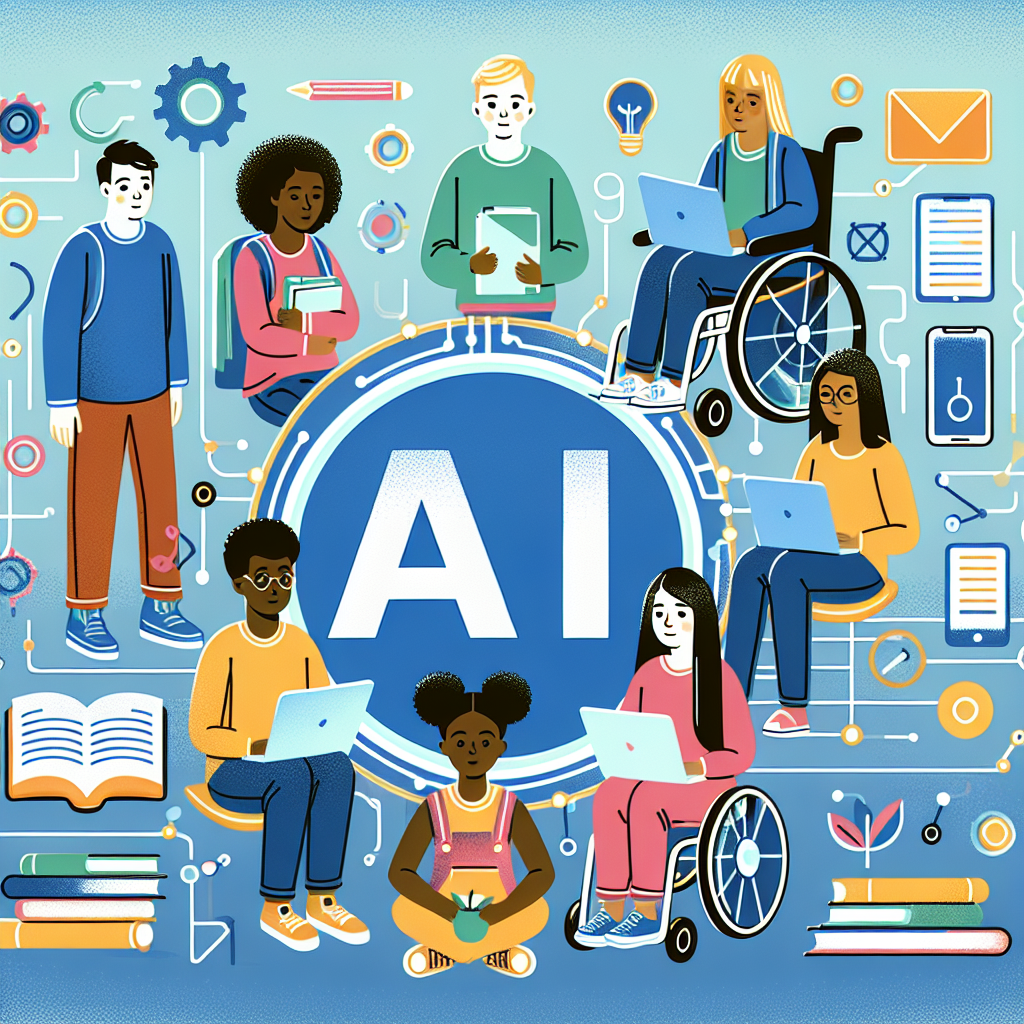The Impact of AI and Machine Learning on Education Accessibility
In recent years, the rise of artificial intelligence (AI) and machine learning has significantly impacted various industries, including education. These technologies have the potential to revolutionize the way we learn and access educational resources, making education more accessible to a wider range of learners. In this article, we will explore the impact of AI and machine learning on education accessibility and how these technologies are shaping the future of learning.
AI and Machine Learning in Education
AI and machine learning have the potential to transform the education sector by providing personalized learning experiences, automating administrative tasks, and improving student outcomes. These technologies can analyze vast amounts of data to identify patterns, predict future performance, and provide personalized recommendations to students. This personalized approach to learning can help students achieve their full potential by catering to their individual learning needs and preferences.
AI and machine learning can also automate administrative tasks such as grading assignments, scheduling classes, and managing student records. This can free up teachers’ time to focus on more meaningful interactions with students and enhance the overall learning experience. Additionally, these technologies can provide real-time feedback to students, helping them track their progress and make necessary adjustments to their learning strategies.
Furthermore, AI and machine learning can improve student outcomes by identifying areas where students are struggling and providing targeted interventions to help them succeed. These technologies can also enhance the accessibility of educational resources by providing alternative formats, such as audio or braille, for students with disabilities.
Overall, AI and machine learning have the potential to revolutionize the way we learn and access educational resources, making education more inclusive and accessible to all learners.
Benefits of AI and Machine Learning in Education Accessibility
There are several benefits of using AI and machine learning in education to enhance accessibility:
1. Personalized Learning: AI and machine learning can analyze data to create personalized learning experiences for students, catering to their individual learning needs and preferences. This can help students achieve better outcomes and reach their full potential.
2. Automation of Administrative Tasks: These technologies can automate administrative tasks such as grading assignments, scheduling classes, and managing student records. This can free up teachers’ time to focus on more meaningful interactions with students and enhance the overall learning experience.
3. Real-time Feedback: AI and machine learning can provide real-time feedback to students, helping them track their progress and make necessary adjustments to their learning strategies. This can improve student outcomes and enhance the learning experience.
4. Enhanced Accessibility: AI and machine learning can provide alternative formats for educational resources, making them more accessible to students with disabilities. This can help create a more inclusive learning environment and ensure that all students have equal access to educational opportunities.
5. Targeted Interventions: These technologies can identify areas where students are struggling and provide targeted interventions to help them succeed. This can improve student outcomes and ensure that all students receive the support they need to thrive academically.
Overall, AI and machine learning have the potential to revolutionize education accessibility by providing personalized learning experiences, automating administrative tasks, and improving student outcomes. These technologies have the power to make education more inclusive and accessible to a wider range of learners, ensuring that all students have the opportunity to succeed academically.
FAQs
Q: How can AI and machine learning improve access to education for students with disabilities?
A: AI and machine learning can provide alternative formats for educational resources, such as audio or braille, making them more accessible to students with disabilities. These technologies can also analyze data to identify areas where students are struggling and provide targeted interventions to help them succeed.
Q: How can AI and machine learning personalize learning experiences for students?
A: AI and machine learning can analyze data to create personalized learning experiences for students, catering to their individual learning needs and preferences. These technologies can provide recommendations for additional resources, track students’ progress, and offer real-time feedback to help them succeed academically.
Q: How can AI and machine learning help teachers in the classroom?
A: AI and machine learning can automate administrative tasks such as grading assignments, scheduling classes, and managing student records. This can free up teachers’ time to focus on more meaningful interactions with students and enhance the overall learning experience. These technologies can also provide real-time feedback to students, helping teachers track their progress and make necessary adjustments to their teaching strategies.
Q: What are some examples of AI and machine learning technologies being used in education?
A: Some examples of AI and machine learning technologies being used in education include adaptive learning platforms, virtual tutors, automated grading systems, and predictive analytics tools. These technologies are revolutionizing the way we learn and access educational resources, making education more inclusive and accessible to all learners.
In conclusion, AI and machine learning have the potential to revolutionize education accessibility by providing personalized learning experiences, automating administrative tasks, and improving student outcomes. These technologies have the power to make education more inclusive and accessible to a wider range of learners, ensuring that all students have the opportunity to succeed academically. As we continue to advance in the field of AI and machine learning, we can expect to see even more innovative solutions that will further enhance education accessibility for all.

